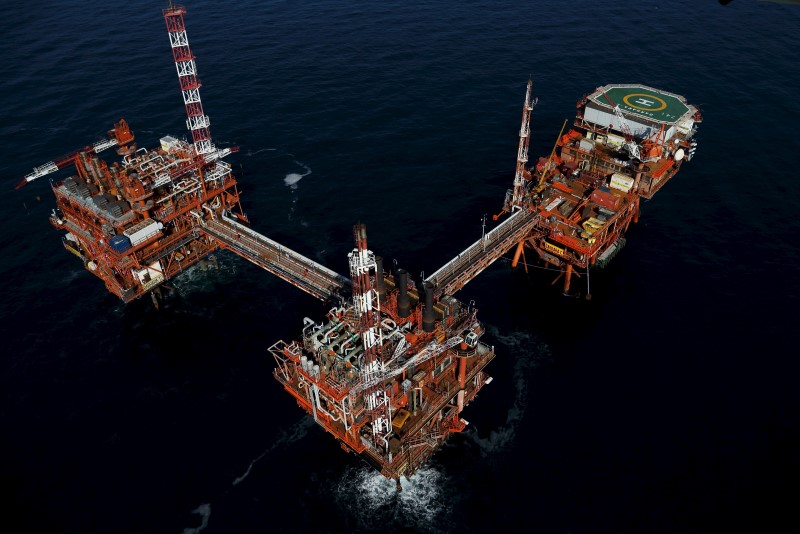Investing.com - Crude oil prices gained in Asia on Tuesday with a private survey on China manufacturing awaited for demand cues and political tension over a tweet by President-elect Donald Trump warning North Korea on testing an intercontinental ballistic missile catching attention.
On the New York Mercantile Exchange, crude oil for delivery in February rose 0.67% to $54.08 a barrel. Ahead, the Caixin manufacturing PMI for December is expected to show a drop to 50.7 from 50.9 in November. At the weekend, data showed the official China PMI from the China Federation of Logistics and Purchasing and the National Bureau of Statistics fell to 51.4 in December, slightly weaker than expectations.
In the week ahead, market participants will eye fresh weekly information on U.S. stockpiles of crude and refined products on Wednesday and Thursday to gauge the strength of demand in the world’s largest oil consumer. This week's reports come out one day later than usual.
Oil traders will also continue to pay close attention to comments from global oil producers for further evidence that producers will stick to their agreement to cut production next year.
Last year, oil futures finished with modest losses in the final trading session of 2016 on Friday, but scored the biggest annual gain since 2009 in wake of the landmark deal reached by the Organization of the Petroleum Exporting Countries and several non-OPEC members to reduce their output.
On the ICE Futures Exchange in London, Brent oil for March delivery ticked down 3 cents, or less than 0.1%, to settle at $56.82 a barrel by close of trade Friday, not far from a 17-month high of $57.89 touched on December 12. London-traded Brent futures logged a gain of $1.66, or around 2.9%, on the week. The global benchmark saw an annual rise of 52%, which was its largest yearly rise since 2009.
Oil recovered sharply from its February bottom, when prices traded at a 13-year low of around $26-per-barrel, thanks to an agreement by global oil producers to curb production for the first time in eight years.
OPEC members agreed to lower production by a combined 1.2 million barrels per day starting from January 1, their first such deal since 2008.
The pact was followed by an agreement from 11 non-OPEC producers, led by Russia, to reduce their supplies by 558,000 barrels a day.
The deal, if carried out as planned, should reduce global supply by about 2%.
However, some traders remain skeptical that the planned cuts will be as substantial as the market currently expects.
There are also some worries in the market about production increases in Libya and Nigeria, which are both allowed to ramp up production as part of the OPEC deal.
Meanwhile, indications of increased drilling activity in the U.S. remained in focus. Oilfield services provider Baker Hughes said late Friday that the number of rigs drilling for oil in the U.S. last week increased by 2 to 525, the ninth straight weekly rise and a level not seen in almost a year.
Some analysts have warned that the recent rally in prices could be self-defeating, as it encourages U.S. shale producers to drill more, adding to concerns over a global supply glut.
Oil prices will gradually rise towards $60 per barrel by the end of 2017, a Reuters’ poll showed on Thursday, with further upside capped by a strong dollar, a likely recovery in U.S. oil output and possible non-compliance by OPEC with agreed cuts.
